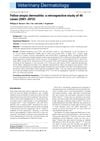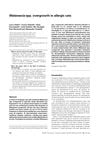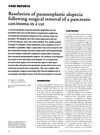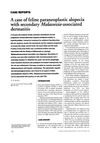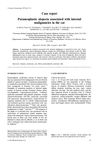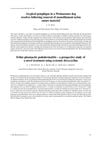Biology, Diagnosis, and Treatment of Malassezia Dermatitis in Dogs and Cats
January 2020
in “
Veterinary dermatology
”
TLDR The conclusion is that certain dog and cat breeds are prone to Malassezia dermatitis, which can be diagnosed with skin tests and treated with antifungal shampoos or medications, and preventing relapses involves managing underlying issues and maintaining good hygiene.
The document summarized clinical guidelines on Malassezia dermatitis in dogs and cats, highlighting that M. pachydermatis is a common cause. Diagnosis involved cytological sampling and sometimes culture, with specific methods for different sites. Symptoms included erythema, scaling, and pruritus, with certain breeds being more predisposed. Treatment typically involved antifungal therapy, recommending 2% miconazole and 2% chlorhexidine shampoo for dogs, and oral itraconazole for cats. Chronic cases required identifying underlying causes, and prevention involved regular topical treatments or pulse oral therapy. The zoonotic potential was low, emphasizing good hand hygiene for pet owners. Further research was needed to improve understanding and treatment strategies.


